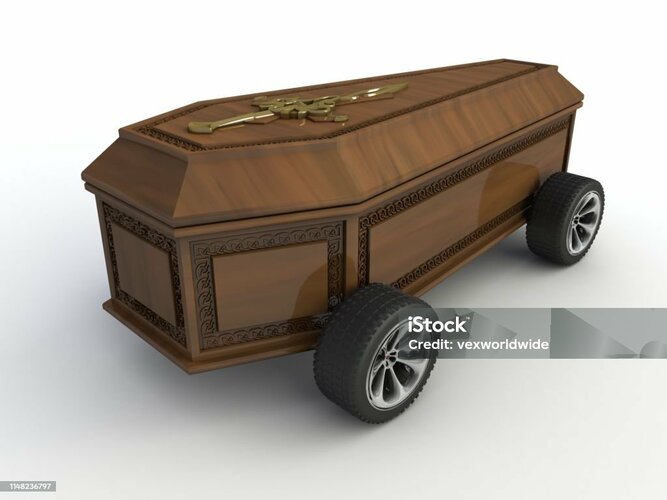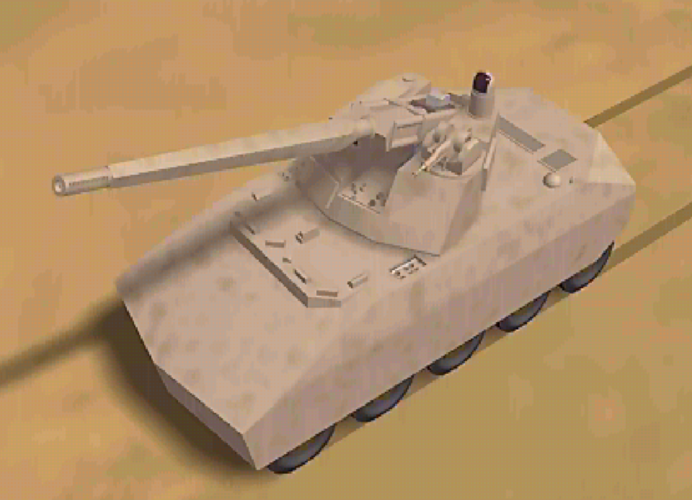Owens Z
quaerimus scientiam
- Joined
- 6 October 2023
- Messages
- 212
- Reaction score
- 280
For the shaped-charge bomb vs. battleship persons, I don't know why you are here, but there are refreshments on the dining room table. For the "the tank is dead" people: you may have a point, and I know that you are numerous, but please go make your point on another, more suitable thread.
I wrote that the future replacement for the M1 tank, with added indirect fires capability, would continue the steady weight gain of the past eighty years, which you may not agree with, but at least is reasonably arguable. I made a rough estimate of 75 or 80 tonnes. Somehow contributor Scott Kenny jumped to the weight of the Panzer VIII Maus tank, which if it had entered service would be 190 to 200 tonnes each. If you chained the very heaviest 155mm SP howitzer in the world (the Panzerhaubitze 2000) to the top of the fattest M1 tank, then you would be nowhere near this weight. In fact you could chain two PzH 2000s to the top of an M1, and still be of less weight. But following the unexplained jump to Maus mass, some commenters are debating an AFV of this unrealistic size.
For those who actually engaged with the points of my argument, and those readers who have found it interesting, I thank you. Some comments:
DWG, how could an Ogre division with c300 155mm guns be less responsive to an urgent call for indirect fires than a current armored division that has a few dozen M109s, AS-90s, or PzH 2000s? I'm not following you.
Jpa58, I did acknowledge that a 75- or 80-tonne Ogre would give even more strategic mobility headaches than today's 67-tonne M1A2. For tactical mobility (i.e. needing suitable power-to-weight and broad tracks), don't be misled by the Maus nonsense here.
Desertfox, I worry that a low-velocity 155mm would result merely in a Booker that is less useful than existing M109s, unable to shoot to the ranges that we are already accustomed to. And again, don't Maus me: I dispute that increasing from 67 up to 75-80 tonnes moves an AFV into some entirely different "superheavy" category.
I wrote that the future replacement for the M1 tank, with added indirect fires capability, would continue the steady weight gain of the past eighty years, which you may not agree with, but at least is reasonably arguable. I made a rough estimate of 75 or 80 tonnes. Somehow contributor Scott Kenny jumped to the weight of the Panzer VIII Maus tank, which if it had entered service would be 190 to 200 tonnes each. If you chained the very heaviest 155mm SP howitzer in the world (the Panzerhaubitze 2000) to the top of the fattest M1 tank, then you would be nowhere near this weight. In fact you could chain two PzH 2000s to the top of an M1, and still be of less weight. But following the unexplained jump to Maus mass, some commenters are debating an AFV of this unrealistic size.
For those who actually engaged with the points of my argument, and those readers who have found it interesting, I thank you. Some comments:
DWG, how could an Ogre division with c300 155mm guns be less responsive to an urgent call for indirect fires than a current armored division that has a few dozen M109s, AS-90s, or PzH 2000s? I'm not following you.
Jpa58, I did acknowledge that a 75- or 80-tonne Ogre would give even more strategic mobility headaches than today's 67-tonne M1A2. For tactical mobility (i.e. needing suitable power-to-weight and broad tracks), don't be misled by the Maus nonsense here.
Desertfox, I worry that a low-velocity 155mm would result merely in a Booker that is less useful than existing M109s, unable to shoot to the ranges that we are already accustomed to. And again, don't Maus me: I dispute that increasing from 67 up to 75-80 tonnes moves an AFV into some entirely different "superheavy" category.



